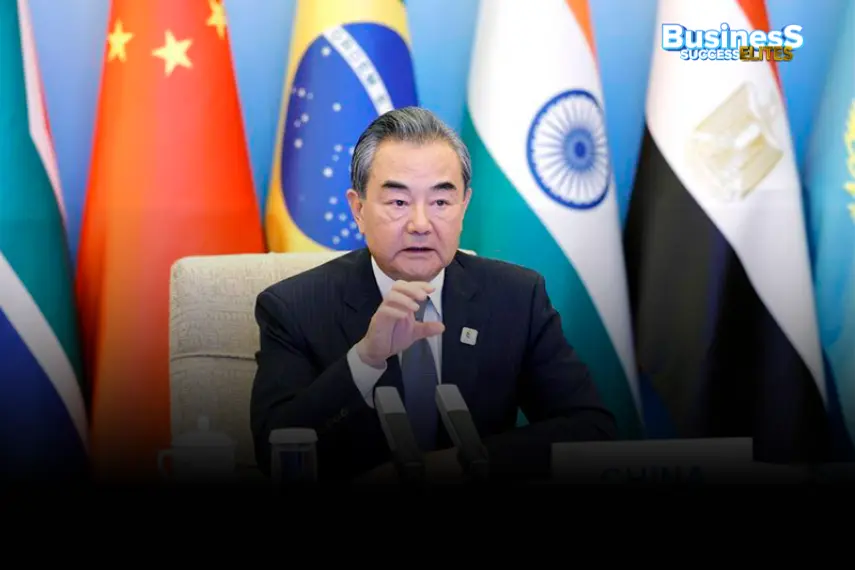
After nearly four years, India has started allowing Chinese exports back into the country. The government has begun clearing long-pending applications from local companies that import a range of goods, including electronics components, footwear, steel, household items, and raw materials.
These imports require certification of the overseas manufacturing plants before they can enter India. Since 2020, approvals for Chinese suppliers had been on hold following border tensions that strained diplomatic ties. While local factories continued to receive immediate clearances, overseas units—especially those based in China—faced long delays, disrupting supply chains across several industries.
Now, with demand for consumer goods rising sharply, the government is accelerating the approval process. Recent GST cuts have prompted companies to reduce prices, helping clear inventories faster than expected. As a result, demand for products such as automobiles, large-screen televisions, washing machines, and dishwashers has surged.
Manufacturers are struggling to restock, and some premium electronics now have waiting periods for the first time in years. Industry experts say it may take several weeks before supplies normalize.
The Department for Promotion of Industry and Internal Trade (DPIIT) has reached out to producers, asking for details on where certification processes for foreign manufacturers are being held up. The department has also requested updated reports from industry associations to streamline approvals.
A senior government official confirmed that India will soon begin issuing and renewing licenses for suppliers from multiple countries, including China.
Meanwhile, the reopening of trade ties comes amid ongoing water management concerns. China’s mega-dam projects in Tibet have reduced river flows during dry seasons by up to 85%, prompting India to accelerate its own dam initiatives to protect water security for millions living downstream.
The decision to resume trade signals a gradual thaw in economic relations, even as both nations continue to navigate complex geopolitical and environmental challenges.
PhysicsWallah IPO: Price band set at ₹103-109 per share
November 9, 2025UpGrad in talks to acquire Unacademy in $300–400 million deal
November 7, 2025India Set to Become a $10 Trillion Economy by 2040
November 6, 2025China Products Ready to Re-Enter the Indian Market After Four Years
November 6, 2025